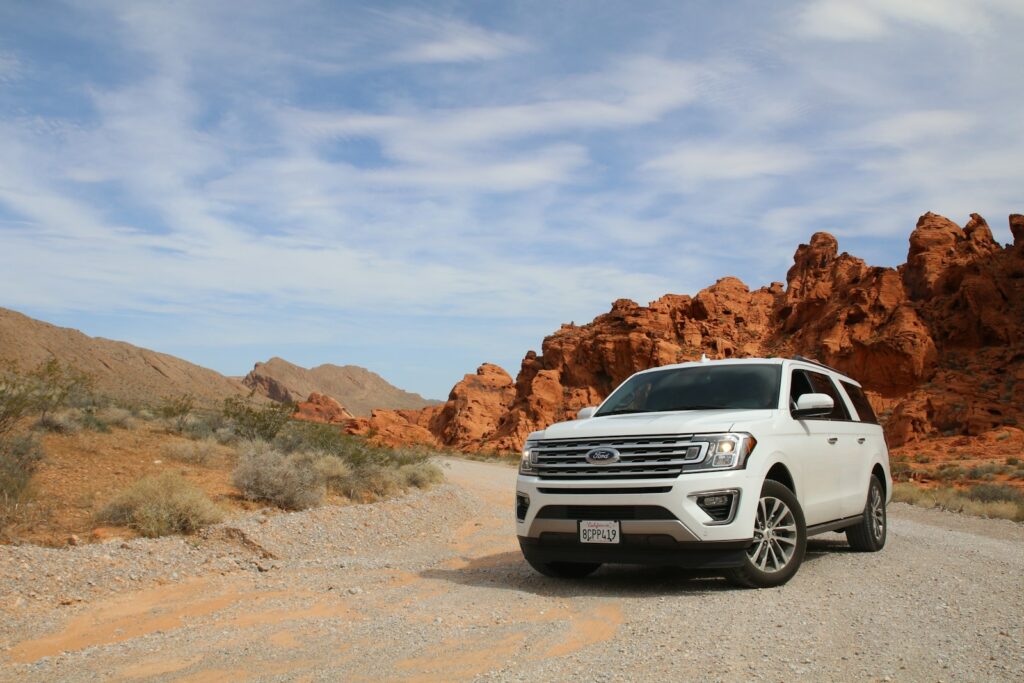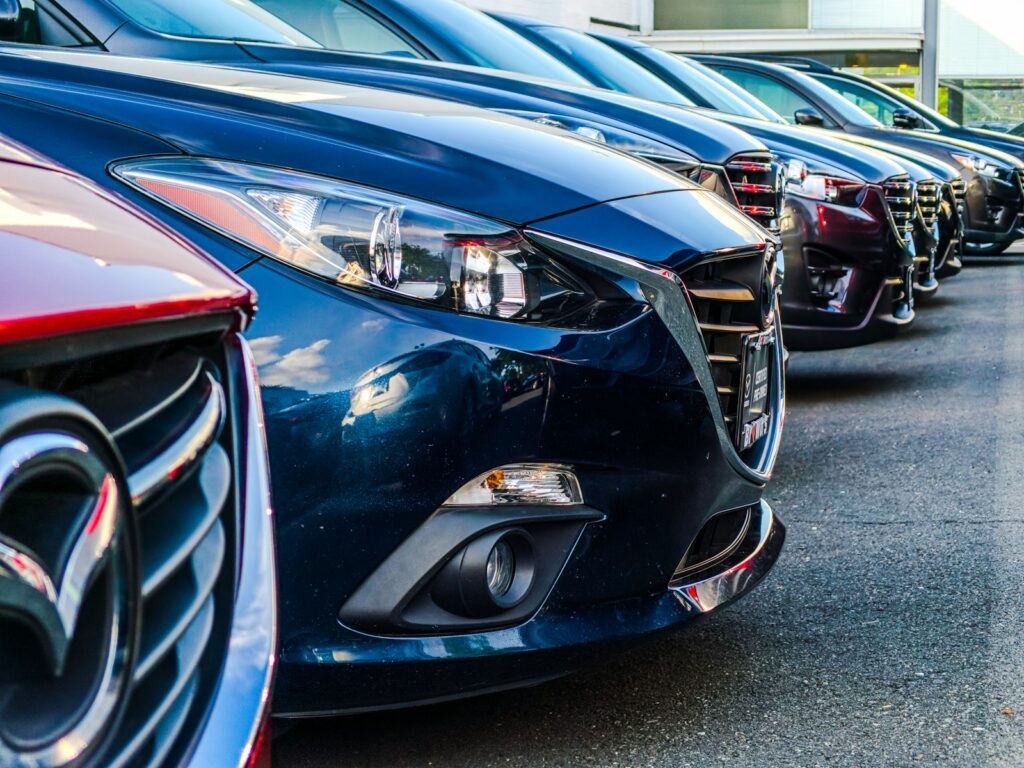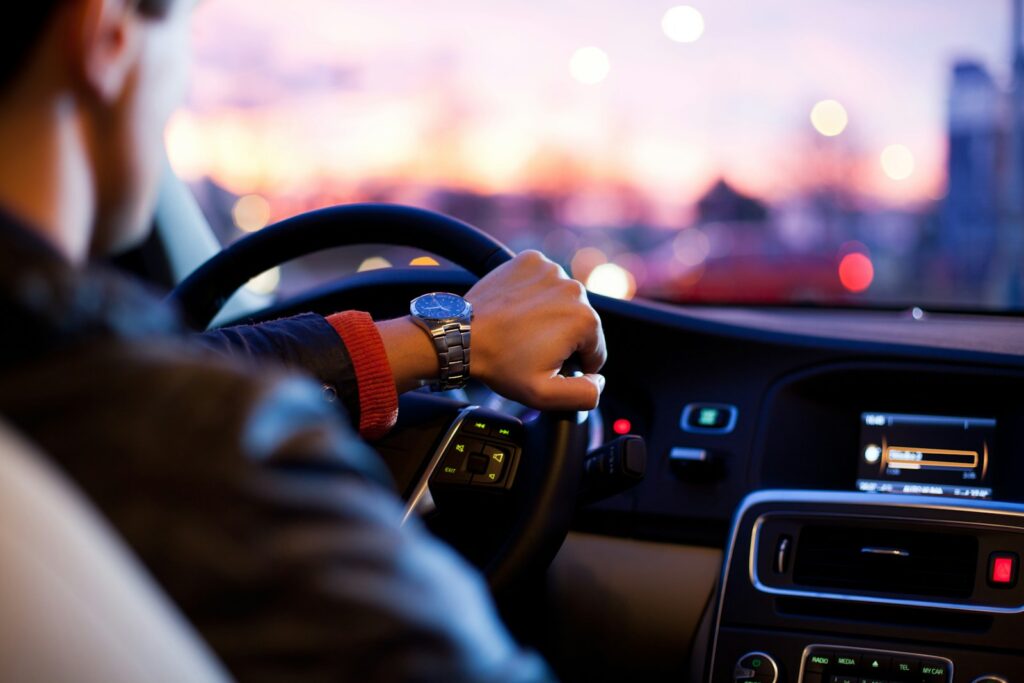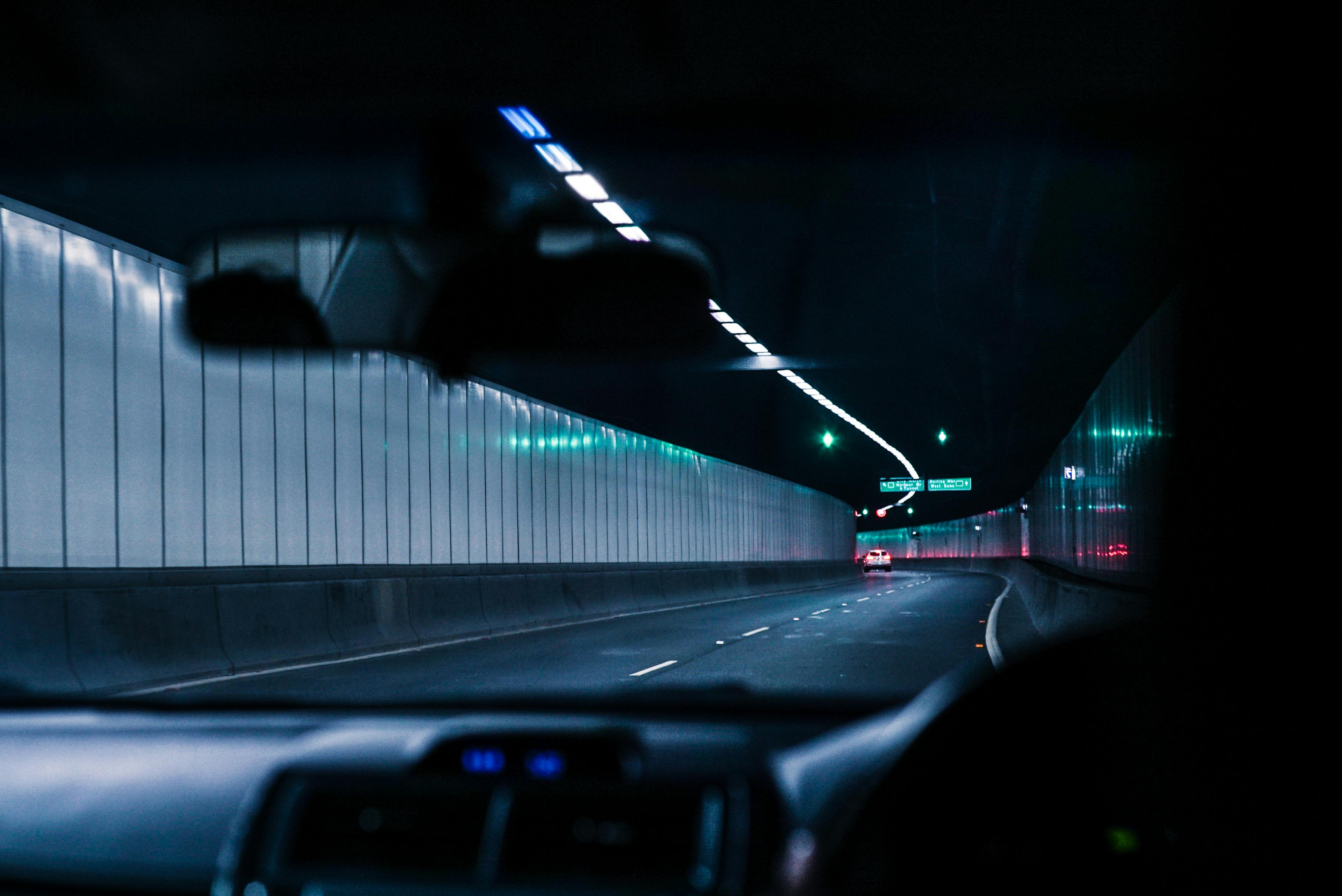
There’s a moment many of us dread: the distinct flash of blue lights in the rearview mirror, signaling an unexpected halt to our journey. It’s a situation that instantly ratchets up the tension, even when we believe we’ve done nothing wrong. Often, these encounters, which law enforcement refers to as a “Terry Stop,” are initiated because officers have a “reasonable suspicion” that a crime has been committed. Their primary goal is to gather enough evidence to establish “probable cause” for further investigation or, ideally, to resolve the situation with a warning or a ticket.
While police officers have specific protocols to follow during these stops, a surprising number of these interactions stem from common oversights and forgotten habits on the driver’s part long before the blue lights ever appear. Many of these aren’t malicious acts, but rather simple lapses in judgment or memory that put us squarely in the sights of traffic enforcement. By understanding what traffic cops are looking for, and what they genuinely wish we’d remember, we can proactively navigate the roads more safely and potentially avoid those dreaded roadside conversations altogether.
This article delves into twelve critical aspects of driving that traffic enforcement officers consistently see drivers “forgetting”—actions or preparations that could either prevent a stop from happening in the first place, or at least ensure a smoother, less stressful interaction if one does occur. Let’s unlock the secrets to keeping your drive ticket-free and your peace of mind intact.
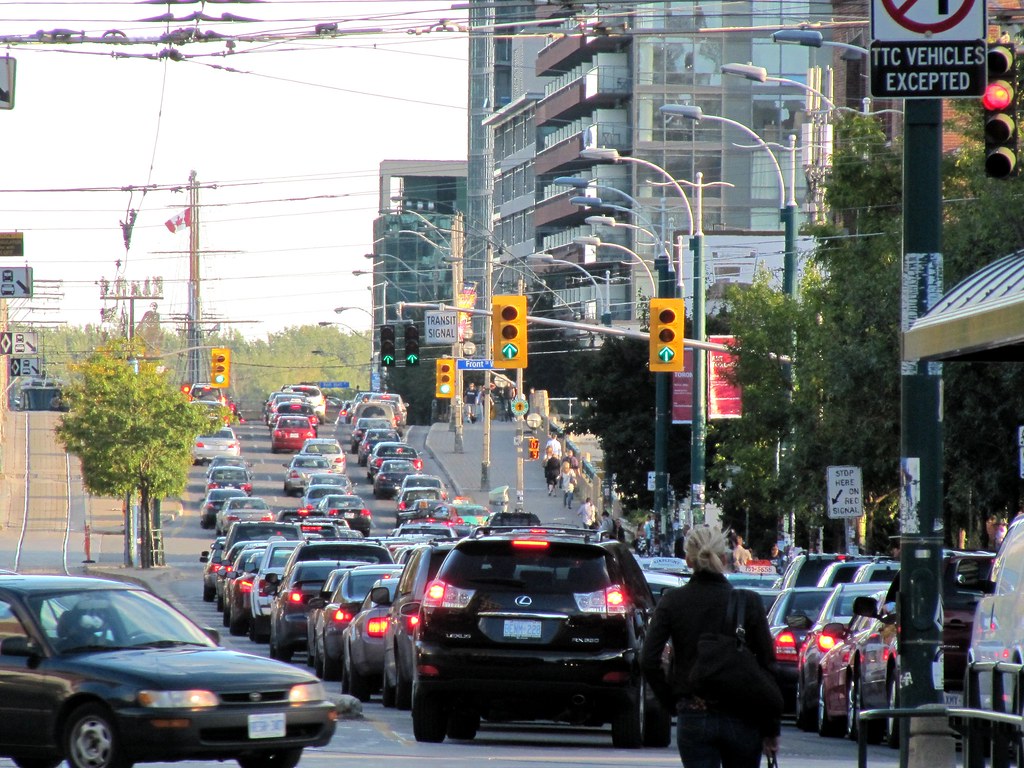
1. **The Universal Rule: Don’t Speed**Speeding tops every officer’s list of violations. It’s not just about breaking the law; it’s fundamentally about safety. As Detective William Bustos, officer in charge of the Los Angeles Police Department’s traffic detectives, points out, “The faster you go, the longer it takes to react to an unexpected situation.” This applies whether it’s a pedestrian stepping into the street or another car making an unexpected lane change. Braking distances also increase dramatically with speed; it takes about 120 feet for a vehicle to stop when it’s traveling 60 mph.
While many drivers believe there’s a small “buffer”—perhaps 5-7 mph over the limit—before officers will pull you over, this is ultimately at the officer’s discretion. As insurance advisor Bradley Hamburger notes, if you are pulled over, “all it takes is going one mph faster than the posted speed limit to get a ticket.” Relying on a perceived buffer is a gamble that can easily backfire, especially when an officer decides to enforce the letter of the law.
Certain areas demand even stricter adherence to speed limits. “When you’re driving in a school zone, which you know by their lights and signs, always stick to the exact speed limit,” advise veteran cops. This isn’t just basic decency and common sense; it’s also because police officers are “keeping a sharp eye on the safety of those roads.” The same heightened vigilance applies to residential neighborhoods, particularly during school hours. Being aware of speed cameras, now common in many cities, also helps, as they have been shown to significantly reduce speeding in school zones.
Interestingly, the type of car you drive can also play a role. Hamburger jokes that if you’re “driving a Bugatti even slightly over the speed limit, you might get pulled over just because… the police officer now has the opportunity to check out your awesome car.” While said in jest, it highlights a real phenomenon: luxury cars, or those that stand out, tend to attract more curious attention from officers.
Furthermore, young drivers, often described as “catnip to cops” by Hamburger, are subject to more scrutiny. A study by the Bureau of Justice Statistics reported that drivers aged 18 to 24 were most likely to have police-initiated contact, with 5% related to traffic accidents. Young drivers, often new to the road and lacking experience, represent an opportunity for officers to provide a “teaching moment,” meaning they’re often watched more closely for any infractions.
Read more about: Your Blueprint to Bargain: Smart Negotiation Strategies for Thousands in Savings on Your Next Car and Dealer-Installed Upgrades
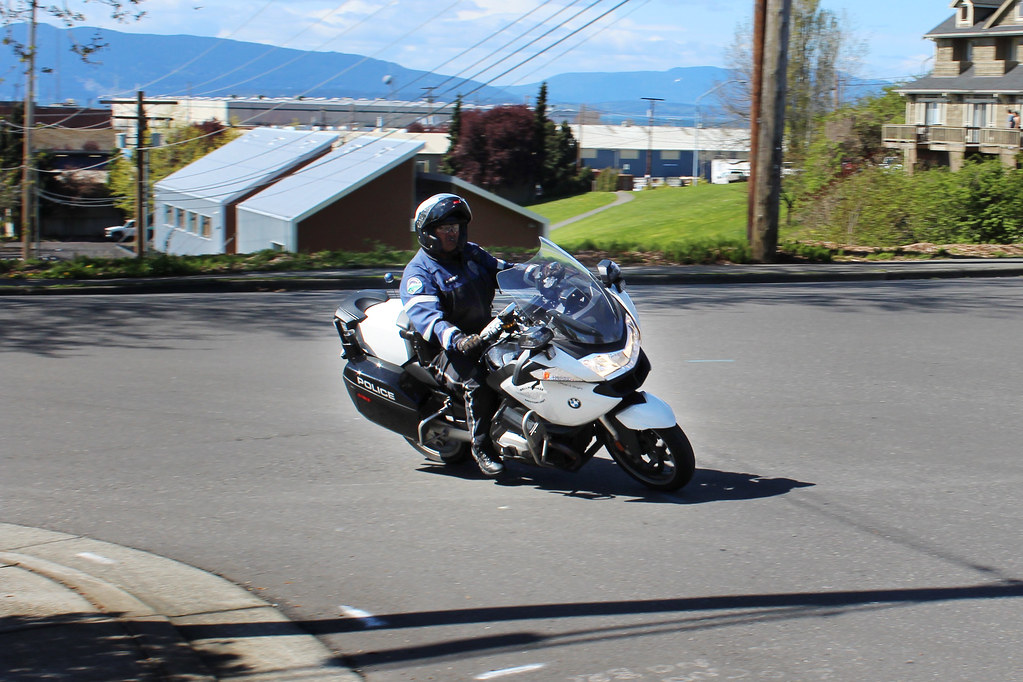
2. **Your Car’s First Impression: Vehicle Maintenance**Just as a flashy luxury car attracts attention, so too does a rundown vehicle—or, as retired officer Hilliard refers to it, a “POS.” If your car is a “beater,” it’s just as likely to draw a police officer’s eye. This isn’t about classism; it’s about visible indicators of potential issues that could impact safety.
Specific mechanical defects are particularly glaring. If your vehicle “emits excessive smoke, makes too much noise or is missing a taillight or other needed part,” you’re essentially providing a reason for an officer to pull you over. These issues aren’t just cosmetic; they often represent violations of vehicle code.
In fact, “if your lights aren’t working properly, you can expect another violation because your car is legally required to have its headlights and taillights intact.” Police officers, while investigating a primary offense, are also on the lookout for these “secondary offenses.” A cracked windshield or bald tires can similarly provide additional grounds for a citation. Keeping up with car maintenance is not only crucial for your safety but also for avoiding unwanted police attention.

3. **The Simple Click: Always Wear Your Seatbelt**This seems like a no-brainer, yet it’s one of the easiest ways to attract a police officer’s attention. “Cops can tell if you’re not wearing your seat belt,” says Hamburger. “If they don’t see the strap above your left shoulder, you’re just asking to be pulled over. Even if you’re not speeding.” It’s a highly visible infraction that officers are trained to spot quickly.
Ignoring this simple safety measure can lead to compound problems. If you are stopped for speeding, for instance, and not wearing your seat belt, “you’re going to wind up with two tickets: one for speeding, and one for failing to wear a seat belt.” This doubles the cost and the impact on your driving record, all for something that takes a second to do.
Beyond the legal repercussions, the safety aspect cannot be overstated. The National Highway Traffic Safety Administration reports a chilling statistic: “on average, a passenger vehicle occupant without a seat belt dies in a traffic crash every 50 minutes!” Wearing your seat belt is one of the most effective ways to protect yourself and your passengers in the event of an accident. It’s a habit that should never be forgotten.

4. **Focus on the Road: Eliminating Distracted Driving**In today’s interconnected world, distracted driving, particularly due to mobile phone use, has become a pervasive issue and a significant magnet for police attention. As Sgt. Jeff Wiles, who heads the Santa Monica Police Department’s traffic division, observes, illegal cell phone use is “common — and responsible for a lot of trouble.” Drivers often rationalize, “‘I’ll just make a quick call,’ or ‘This text will only take a second,'” says Detective Bustos, “But you have to drive as if your life depended on it — because it does.”
What many drivers fail to realize is that distracted driving isn’t solely about the physical act of holding a phone. Hamburger highlights a critical insight: “distracted driving isn’t only about what’s in your hand. Eighty percent of the distraction is the conversation.” Even when using a hands-free device, your mental attention is diverted from the road, impairing your ability to react to changing conditions.
Police officers are trained to spot various signs of distracted driving. These include driving “too slowly,” weaving in and out of your lane, consistently looking down, stopping for unusually long periods at stop signs or red lights, or even talking animatedly to yourself. These behaviors are clear indicators that your focus is elsewhere, providing officers with a legitimate reason to intervene.
The consequences of this oversight can be severe. As Sgt. Wiles notes, while “the really horrific stories about texting make the news,” officers “see accidents and even just fender-benders from it every day.” Making a conscious effort to eliminate all forms of distraction, especially mobile phone use, is paramount for safety and for avoiding an easy ticket.
Read more about: 14 Essential Rules for Safer Driving in Heavy Snow and Ice: A Comprehensive Guide for All Drivers
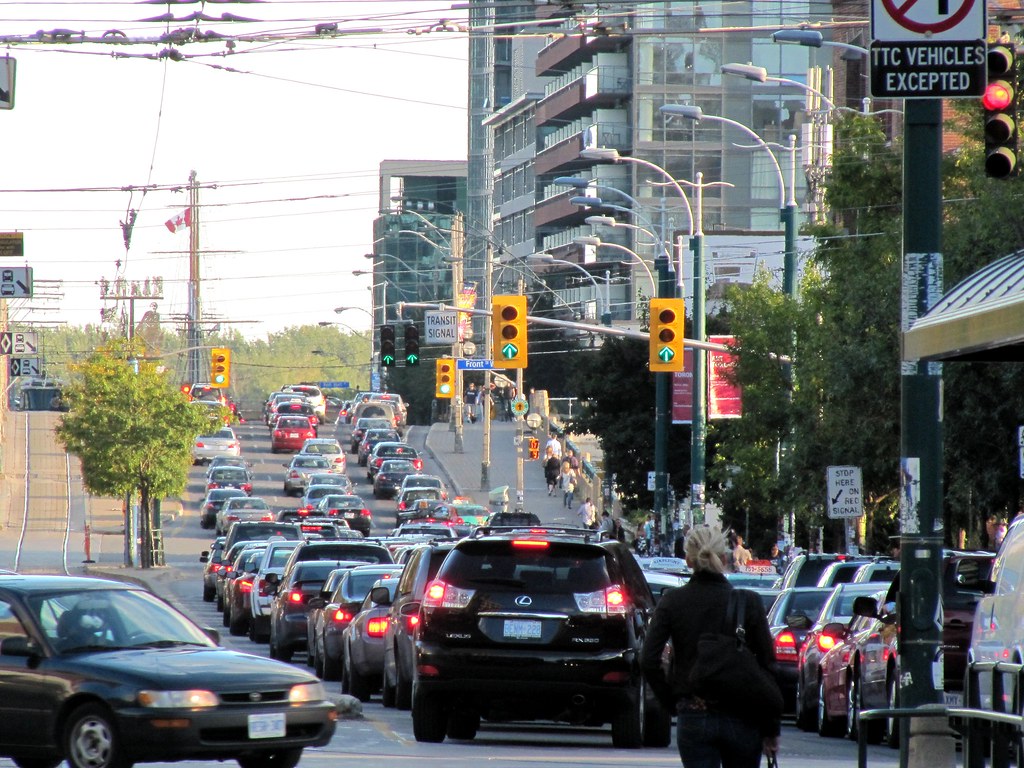
5. **Stay Current: Renewing Your Vehicle Registration**This is another surprisingly common oversight that provides police officers with an immediate and undeniable reason for a traffic stop. Driving around with “an expired registration, you’re just asking for a ticket.” It’s a straightforward legal requirement that is easily verifiable.
Police officers often run your license plates even before they pull you over, meaning they “already know your registration status.” This means an expired registration isn’t something you can easily explain away once you’re stopped. It’s a clear violation that could have been prevented with a simple administrative task.
Beyond just renewing the registration itself, remember the physical evidence. Police “can give you a ticket for forgetting to put your registration sticker on your license plate, even if your registration is up to date.” So, don’t just renew; make sure your vehicle visibly reflects its current, legal status. Regularly checking your registration expiration date and completing the renewal process promptly are simple steps to avoid unnecessary hassle.
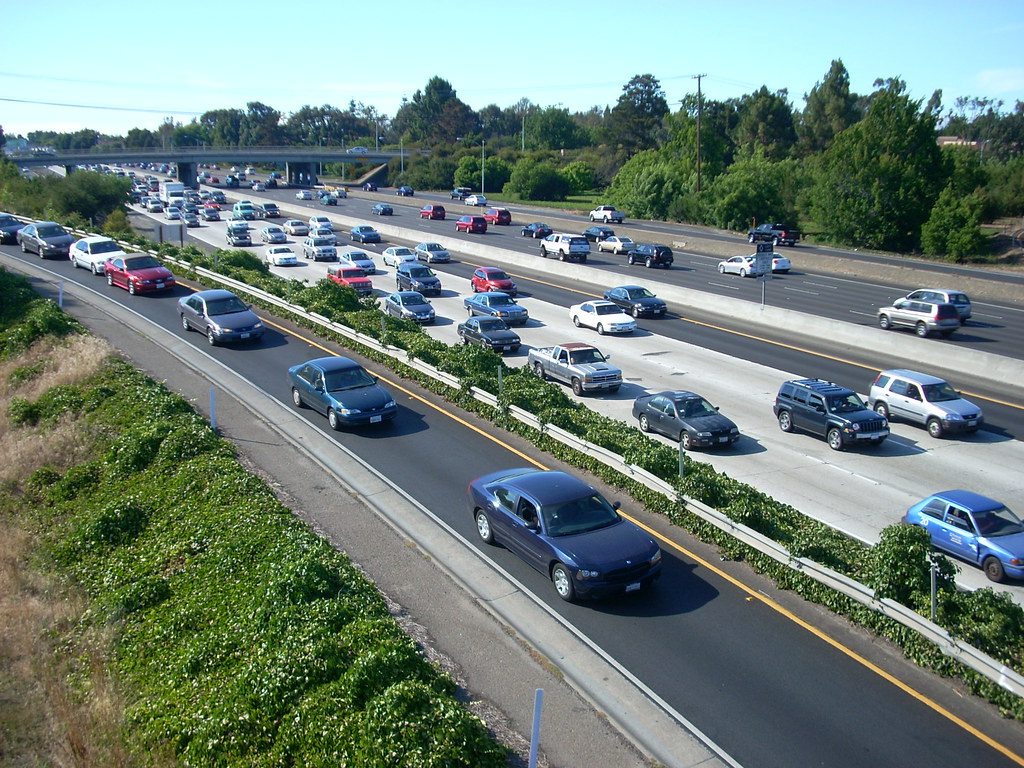
6. **Be Informed, Not Surprised: Leveraging Traffic Information**While many of the points discussed focus on your own driving behavior, staying informed about the road ahead is a proactive measure that can significantly reduce your chances of an unexpected traffic stop. “Another surefire way to avoid getting pulled over? Check for speed traps!” advises Hamburger.
Apps like Waze, a smartphone application mentioned in the context, offer a powerful tool for this. Waze “crowdsources the locations of speed traps,” allowing drivers to input and share the locations of police cars, radar guns, and other forms of enforcement. The app then “will warn you if it’s on the route you’re driving,” giving you ample time to adjust your speed and driving behavior before encountering an enforcement zone.
Beyond technology, paying attention to your fellow drivers can provide crucial, real-time intelligence. “That guy driving toward you with his lights flashing? He may not be complaining about your high beams—he could be warning you of a police car up ahead,” Hamburger points out. This unofficial communication among drivers is a time-honored tradition and a valuable source of information.
By combining proactive use of navigation apps with keen observation of other drivers, you equip yourself with an added layer of awareness. This helps you anticipate potential enforcement areas and adjust your driving accordingly, making your journey smoother and less prone to unexpected encounters with traffic police.

7. **Don’t Roll Through Stop Signs: Come to a Complete Stop**It might seem like a minor infraction, a momentary lapse, but rolling through a stop sign is a surefire way to catch a police officer’s eye. While many drivers might assume they can get away with a ‘California stop’ or a quick slowdown, this fundamental rule of the road is strictly enforced—and for good reason.
Failing to come to a complete stop at a stop sign isn’t just about adhering to regulations; it’s a critical safety issue for everyone sharing the road. This seemingly small oversight poses significant risks to other drivers, pedestrians, and cyclists who rely on predictable traffic patterns. It creates hazardous situations that could easily lead to accidents.
Police officers are particularly vigilant about stop sign violations, especially in residential areas where children and other vulnerable road users are present. These areas often see heightened enforcement because the consequences of a hurried or incomplete stop can be severe. Making that full, deliberate stop is a simple, effective way to ensure safety and avoid an unnecessary interaction with law enforcement.
Read more about: Level Up Your Ride: The Ultimate Guide to 2025’s Hottest Custom Wheel Trends That Are Changing the Game

8. **Always Have Your Driver’s License Readily Available**One of the most basic requirements for anyone behind the wheel is possessing a valid driver’s license. When you’re pulled over, the first thing an officer will typically ask for is your license, and not having it, or having an expired one, presents an immediate problem that could escalate your stop.
Police officers have the authority to check that the driver of any vehicle on a public road holds a valid license at any given time. This legal prerogative is so foundational that, as the context mentions, in states without DUI checkpoints, departments often set up checkpoints specifically to stop every driver and request their paperwork—a practice that remains entirely legal.
While a physical license has traditionally been essential, it’s worth noting that “15 states now allow you to keep your license on your phone,” offering a modern alternative. However, once you’ve provided your driver’s license, police cannot compel you to answer additional questions about your citizenship status. Knowing this small detail can help you manage interactions more confidently and respectfully.
Read more about: Unleash Your Inner Tuner: The 13 Best Affordable Cars Under $25,000 to Customize in 2025
9. **Keep Your Vehicle Registration Accessible and Up-to-Date**Even if you diligently renewed your vehicle registration online or by mail (as we covered in Section 1), merely having it processed isn’t enough. Police officers can, and often do, run your license plates before they even activate their lights, meaning they “already know your registration status.” Yet, they can still demand to see your physical paper registration during a stop.
This means that simply having an active registration isn’t the sole requirement; you must have the physical proof readily available. Make certain your current registration document is securely stored in your glovebox, easily accessible for presentation. This isn’t just about compliance; it’s about minimizing delays and potential complications during a traffic stop.
Furthermore, an often-forgotten step is affixing the new registration sticker to your license plate. Police officers “can give you a ticket for forgetting to put your registration sticker on your license plate, even if your registration is up to date.” This highlights the importance of not just renewing, but also ensuring the visible components of your registration are current and correctly displayed, preventing an easy ‘secondary offense’ charge.
Read more about: Your Ultimate Pre-Road Trip Checklist: 12 Essential Car Checks to Dodge Engine Trouble and Ensure a Smooth Journey
10. **Ensure Proof of Insurance is On Hand and Current**The final piece of essential documentation that traffic officers invariably demand is proof of auto insurance. Unlike your driver’s license or vehicle registration, which officers can often verify through databases linked to your license plate, they typically “don’t have a database to check on your insurance status.” This makes having physical or easily accessible digital proof absolutely critical during a traffic stop.
There’s a rare exception: in the state of New Hampshire, drivers aren’t legally required to carry auto insurance, but instead “must prove they have sufficient funds to pay for accident damages.” For the vast majority of drivers in all other states, however, proof of insurance is a non-negotiable requirement.
To avoid any additional stress or potential citations during a stop, always “keep your insurance cards in your car.” In a pinch, many insurance companies now offer digital solutions; you “may be able to open your email or auto insurance app and find the latest cards your insurance company sent you.” Ensuring this documentation is current and accessible is a simple step that significantly streamlines any police interaction.
Read more about: The Enduring Legend: Unraveling the Untold Story of Steve McQueen’s Iconic Bullitt Mustang
11. **Understand and Comply with Officer Commands During a Stop**When those blue lights appear, it signifies what law enforcement refers to as a “Terry Stop,” a temporary detention where officers have “reasonable suspicion” that a crime has been committed. During this period, their primary responsibility is to ensure the safety of everyone involved, which grants them the authority to issue certain commands you must comply with.
For instance, an officer “can ask you to turn off your engine” and “remove your keys from the ignition” to neutralize any immediate threat. They may also instruct you to “keep your hands visible” and “roll down a tinted window so they can see you,” all in the interest of scene safety. These aren’t mere suggestions; they are directives aimed at maintaining control and preventing misunderstandings.
Police also have the authority to “order you to stay in your car” or, conversely, to “order you to get out of your car,” often to conduct a “pat down and make certain everyone is unarmed.” It’s crucial to understand the distinction between a polite request and a direct order; while you don’t need to comply with requests, you should always comply with orders. In some rare instances, they might even ask you to “move your car to a safer spot to pull over,” which is another command you’re expected to follow.
During this detention, officers are also on the lookout for any “secondary offenses.” As they investigate a primary offense (like speeding), they may “inspect your car” and charge you for issues such as “something hanging off your rearview mirror and obstructing your vision,” or visible mechanical defects like “a cracked windshield or bald tires.” Addressing these minor issues proactively can save you from additional citations during an already tense situation.
Read more about: Deaf Driver’s Malicious Compliance Goes Viral, Sparks Police Communication Training

12. **Know Your Rights: When to Speak and When to Stay Silent**During a “Terry Stop,” police officers are actively investigating whether you’ve committed a crime, whether it’s speeding, drunk driving, or something else entirely. As part of this investigation, “police will ask you questions,” and these questions are designed to gather evidence. Knowing your rights in this scenario is paramount for a smooth and respectful interaction.
Once you have provided your essential documents—your driver’s license, vehicle registration, and proof of insurance—you are generally not obligated to answer any further questions. Some experts strongly advise to “invoke your right to remain silent, and ask for a lawyer” at this point. This protects you from inadvertently providing information that could be used against you, even in traffic court, as “anything you say can be used against you.”
Officers also have the right to “pat you down for weapons” if they have “reasonable suspicion that you are armed and dangerous.” This is a “warrantless search or a ‘frisk’,” intended for officer safety, and is distinct from a full search of your vehicle or person to gather criminal evidence. A full search typically requires your consent or probable cause and a warrant.
In some states, such as Michigan, “police can order you to take a roadside breathalyzer test.” While these roadside tests aren’t typically accurate enough for court evidence, their results can establish “probable cause” for an arrest and a more accurate test at the station. However, it’s vital to know that “in 46 states you can refuse the roadside breathalyzer test,” and “in all 50 states you can refuse a roadside sobriety test,” such as walking a straight line.
If you find yourself pulled over, remember to “keep your cool, slow down and think polite thoughts.” Hamburger advises being “unfailingly polite” and to “Don’t get out of your car” unless instructed. “Follow whatever instructions the police officer gives you, but don’t offer a confession.” Instead, use your “30 seconds to convey that you’re a safe-driving, law-abiding citizen.” Briefly and politely explain your safe driving record, or any immediate factors like swerving to avoid a pothole, which might persuade the officer to issue a warning instead of a ticket.
Read more about: The Truth About Bailee Madison Is Tumbling Out: Unraveling a Concept Deeper Than Celebrity
By taking proactive measures—from maintaining your vehicle and adhering to basic road rules to understanding your rights and being prepared for interactions—you significantly increase your chances of keeping your drive ticket-free and your peace of mind intact. These forgotten tips aren’t just about avoiding a citation; they’re about fostering safer driving habits and ensuring that when you hit the road, you’re doing so with confidence and awareness. Drive smart, stay informed, and always remember: your preparedness is your best defense.”

